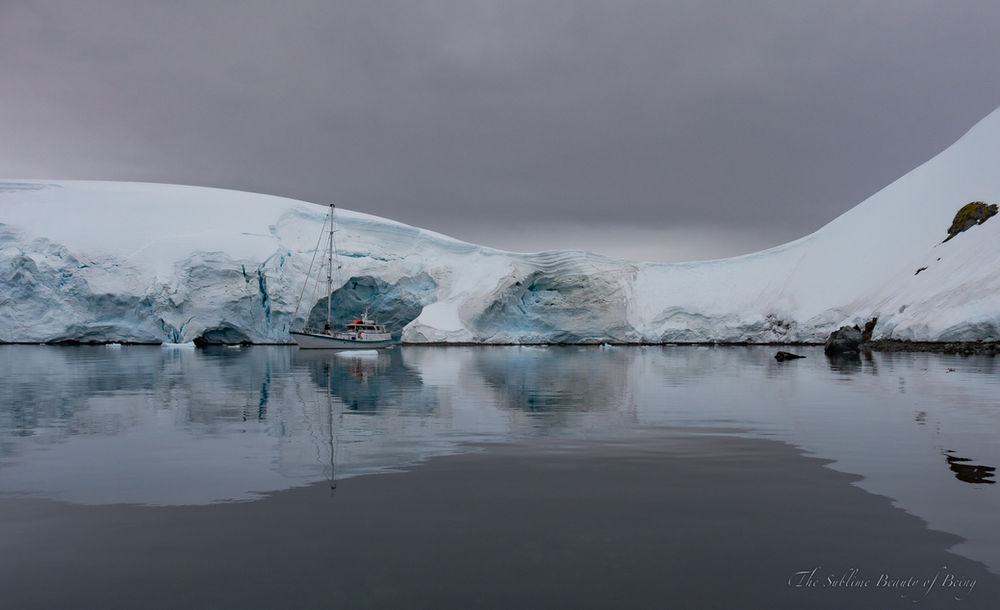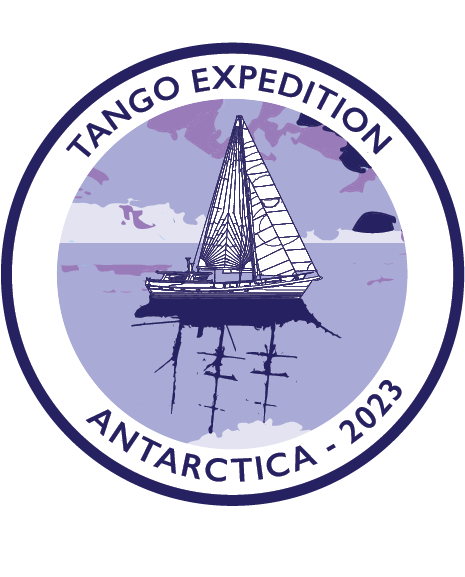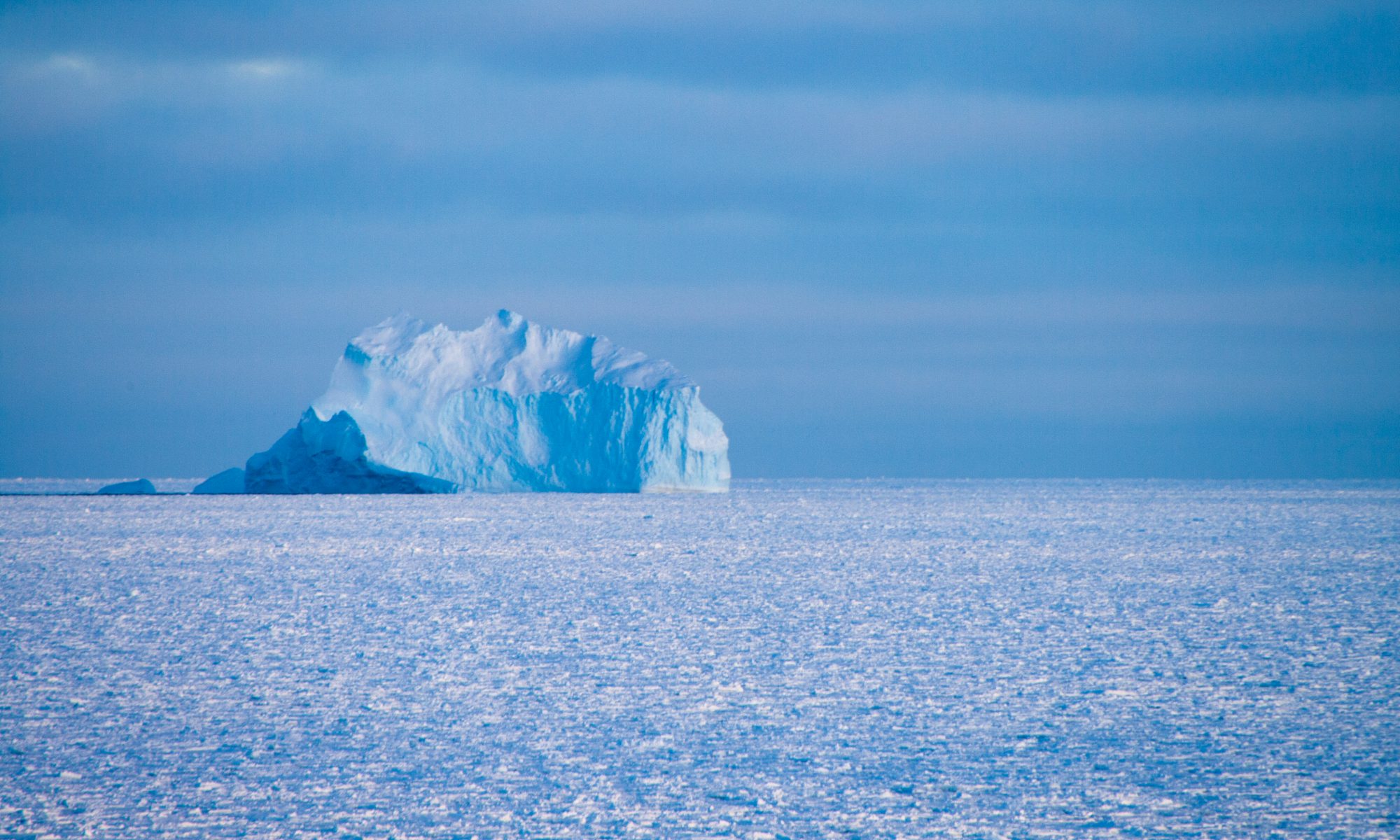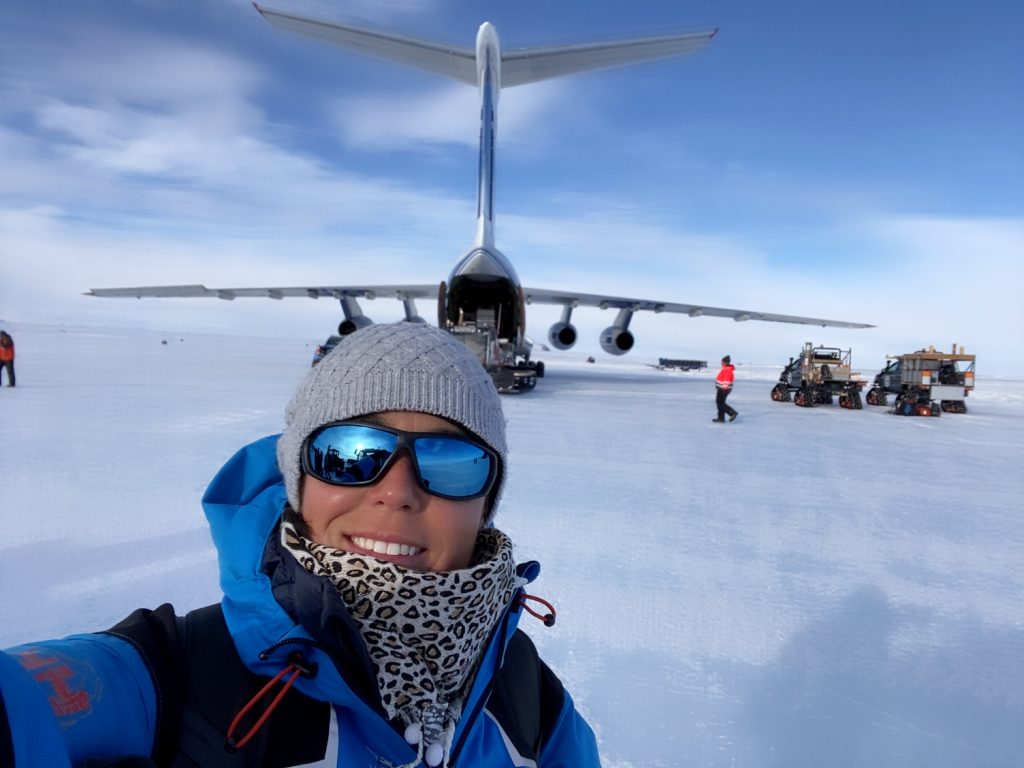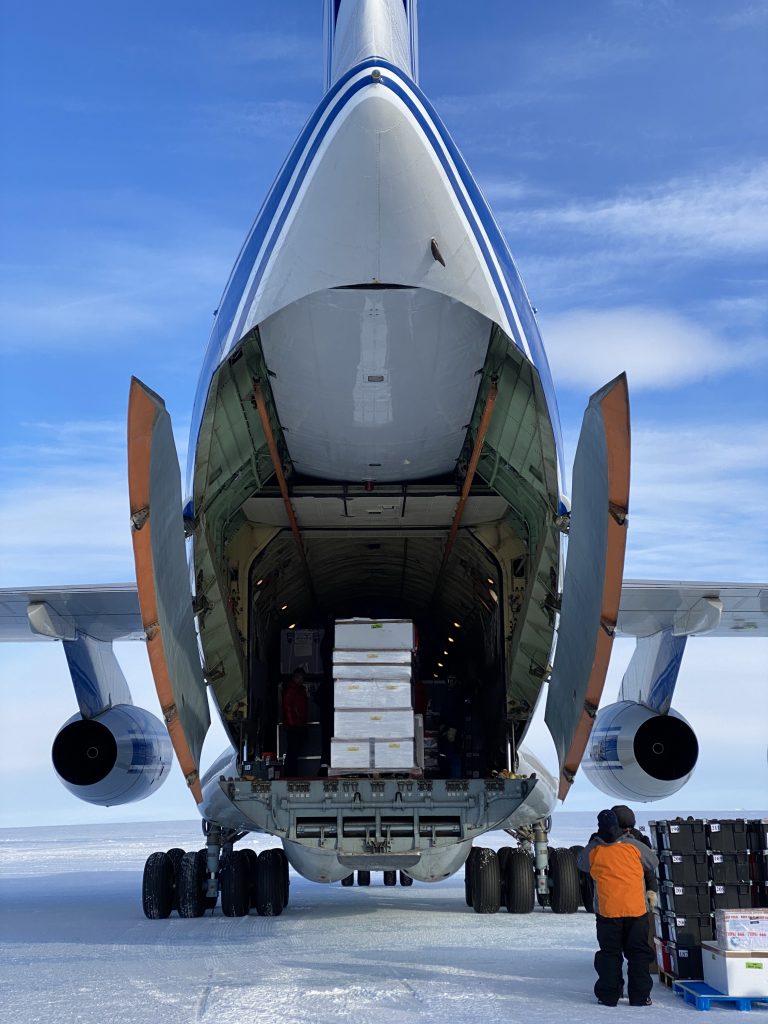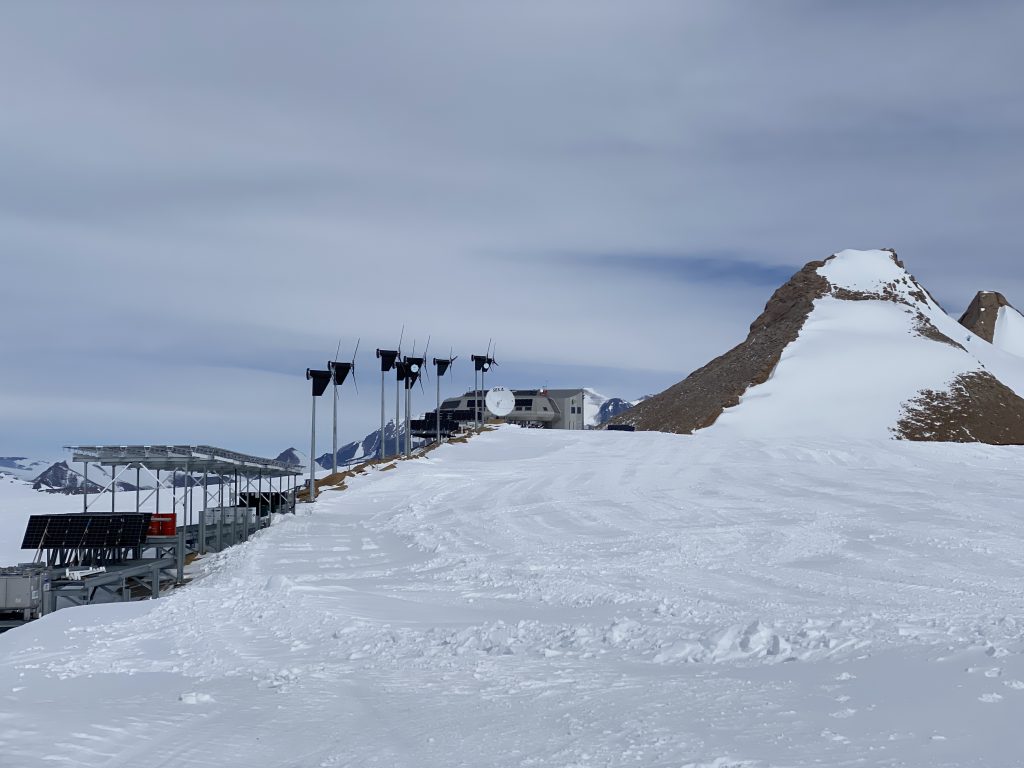The Belgica120 crew left Ushuaia on Feb the 25th, around 10 am, next stop Antarctica. After finalising the last details, going through the initial briefings and getting the Australis ready, we set sails out of the Beagle Channel, towards the Melchior Islands along the Antarctic Peninsula.
The initial timing was set to an initial 12 hours to get to Cape Horn, then 2.5 days to cross the Drake Passage to the Peninsula. Everything was going fine, we were getting familiar with the boat (and with sea sickness) and steaming at 8 knots towards the South. On the second day of navigation, something went wrong with the engine’s gearbox (there was a big “bang” and rumble, like a rolling bag of bolts), and we had to stop the engine, after approximately 1/3 of the distance. The Australis is a 50/50 boat: it is designed to steam using to propulsions modes: engine and sails. Without the engine, Australis cannot be manoeuvred precisely, and the general design of the boat (shape of the hull and sails) does not allow here to sail close to the wind.
After stopping the engine, Ben and Simon (the captain and first mate of Australis) started investigating the mechanics and tried to find a solution to fix the gearbox. Unfortunately, it was impossible: the part that snapped was a shaft inside the gearbox. Ben called me to the wheelhouse to inform me there was no way they could fix the problem at sea. Simon and Kari (our cook) were there as well. There was this dreadful moment of silence, as I realised we were in an actually delicate situation. We were well engaged in the Drake Passage, our engine was useless, and we could only rely on our sails to turn back to Ushuaia. At this moment, the wind was in the right direction. We swiftly decided to tack, set all sails and head north. At the same time we decided to inform all ships around us that we would probably need assistance in a reasonable delay. I informed the team about the situation, and that we would probably have to delay our attempt. There was a big disappointment of course, especially given the amount of effort that went into preparing this expedition, and the high hopes we all had… but there was not much more to do than accept the situation and work our way out of the Drake.
The other “detail” we were worried about was the weather: strong winds were announced to hit us in a couple of days.
Under sails, with the wind strong enough and in the right direction, Australis made an amazing job. She was actually sailing at 8 knots in 25 knots of wind. But we couldn’t get closer than 60 degrees in the wind. Thanks to her speed we beat the storm, which passed behind us: one problem less.
Meanwhile we managed to get in touch, by radio, with an Argentinian navy vessel, the Puerto Argentino, who confirmed they would give us a tow, as soon as they cached up with us (they were about 100 nm behind when we first contacted them). So the situation was more or less under control. A few sailboats passed us on our way to the North, always making contact to make sure we were alright. Our situation was never critical, nobody felt unsafe at any moment. On our way back, we had many contacts, including also with a Chilean Navy ship, the Sibbald. They offered to escort us up to the coastline. We didn’t really understand the purpose of that offer, as we were in need of a tow, before the situation became actually dangerous.
The wind was now coming from the North, and we were making extremely slow progress. If we didn’t get a tow, it would take us days to get back. The more time we spend at sea, the higher the chances we get hit by bad weather.
At this point we were about 30 nm East of Cape Horn. The Puerto Argentino had catched up with us, in the morning of the 28th of February. After some contacts with the vessel to coordinate the towing manoeuvre, which is always risky, the navy ship sent us a towing cable, which we successfully attached to the bollard. This was a great relief for me, until about 3’ later, the captain called us on the radio to inform us he had received the order not to tow us and let go the cable. At first I thought I was dreaming alive. I couldn’t believe this nonsense. Why would they let us go after risking a manoeuvre to start the tow, knowing we could never make our way back to safety? Two extremely tense, nerve-wearing hours started: we were trying to save time, hoping we would at least be towed over a reasonable distance, but the navy ship was just staying in place, probably on purpose. Ben was trying to call everyone he could to unlock the situation, so that the captain would get the authorisation to tow us. We also tried to call our networks in the area to get things moving. But the captain of the Puerto Argentino kept insisting on the radio that we should let go the tow cable. He sounded more and more nervous as the Chilean Navy vessel was approaching. Our nerves were worn, and we finally let go the cable, despite the fact that we didn’t get the point. As the Puerto Argentino left us behind, we got in touch with the Sibbald, which was now very close, and which again offered to escort us. We didn’t set the sails, and let ourselves drift to make a clear point that we couldn’t manoeuvre to safety. After about 10 minutes, they contacted us on the radio and offered a tow. Instead of being relieved, I was still wondering what kind of last minute trick would happen to us. But everything went well apart that the Sibbald was going to let us go somewhere in the Beagle Channel, as we were getting close to the Argentinian border.
Ben arranged a pickup by a tugboat from Ushuaia, and after a few more hours of towing we were safely brought back to our dock.
During the whole process, we had some time to think about how we could turn this into something positive. Even if its been a huge disappointment (and I think its safe to say especially for Ben and myself), the Belgica120 expedition was a first attempt. Its an expedition, and its Antarctica. We’ve learnt a lot during these few days, about the Australis, about ourselves and about our future project. Thanks to the B120 team keeping very calm and positive, and moreover to the Australis crew for handling the situation with amazing skill, we got ourselves out of a situation which could have become critical.
We now have a year to prepare for our next attempt, which of course will go by the name of Belgica121… stay tuned, photos will follow.
Bruno
